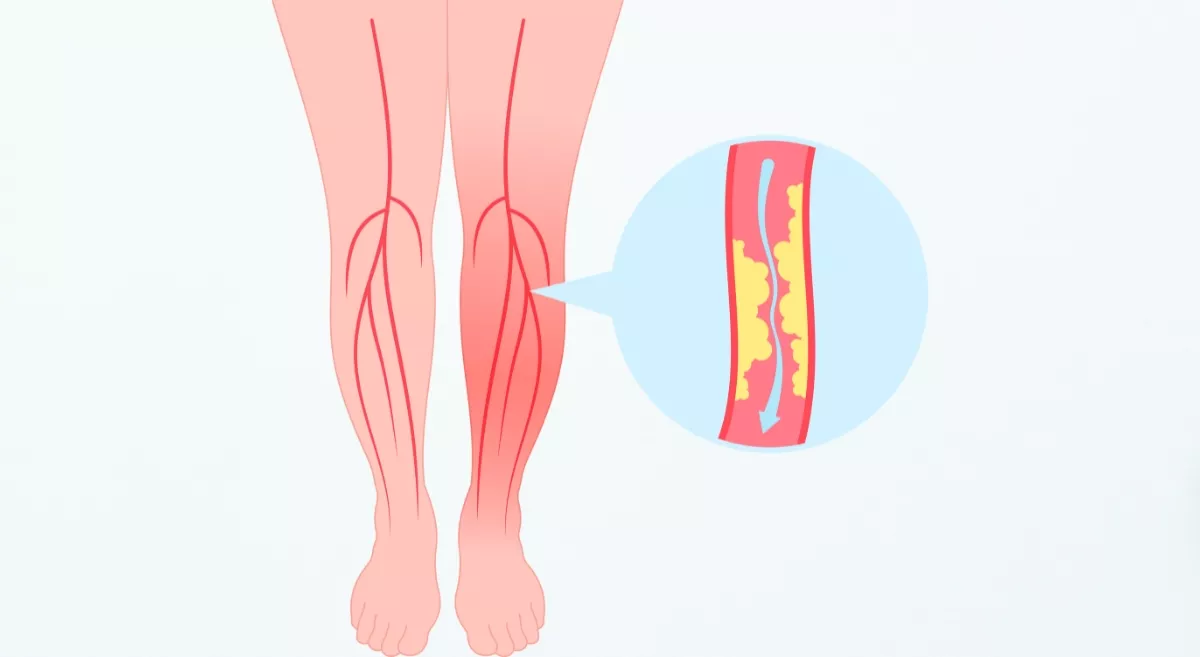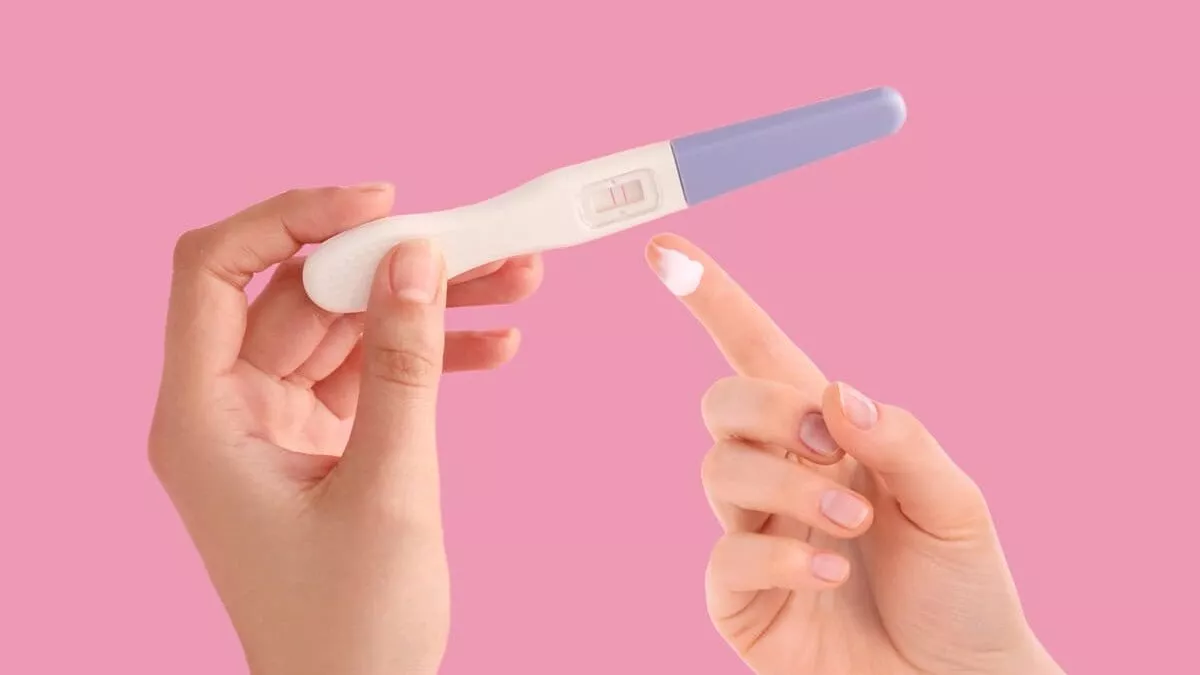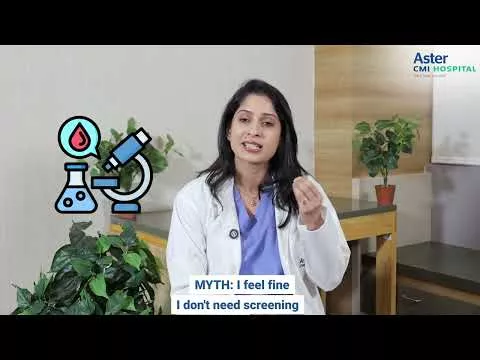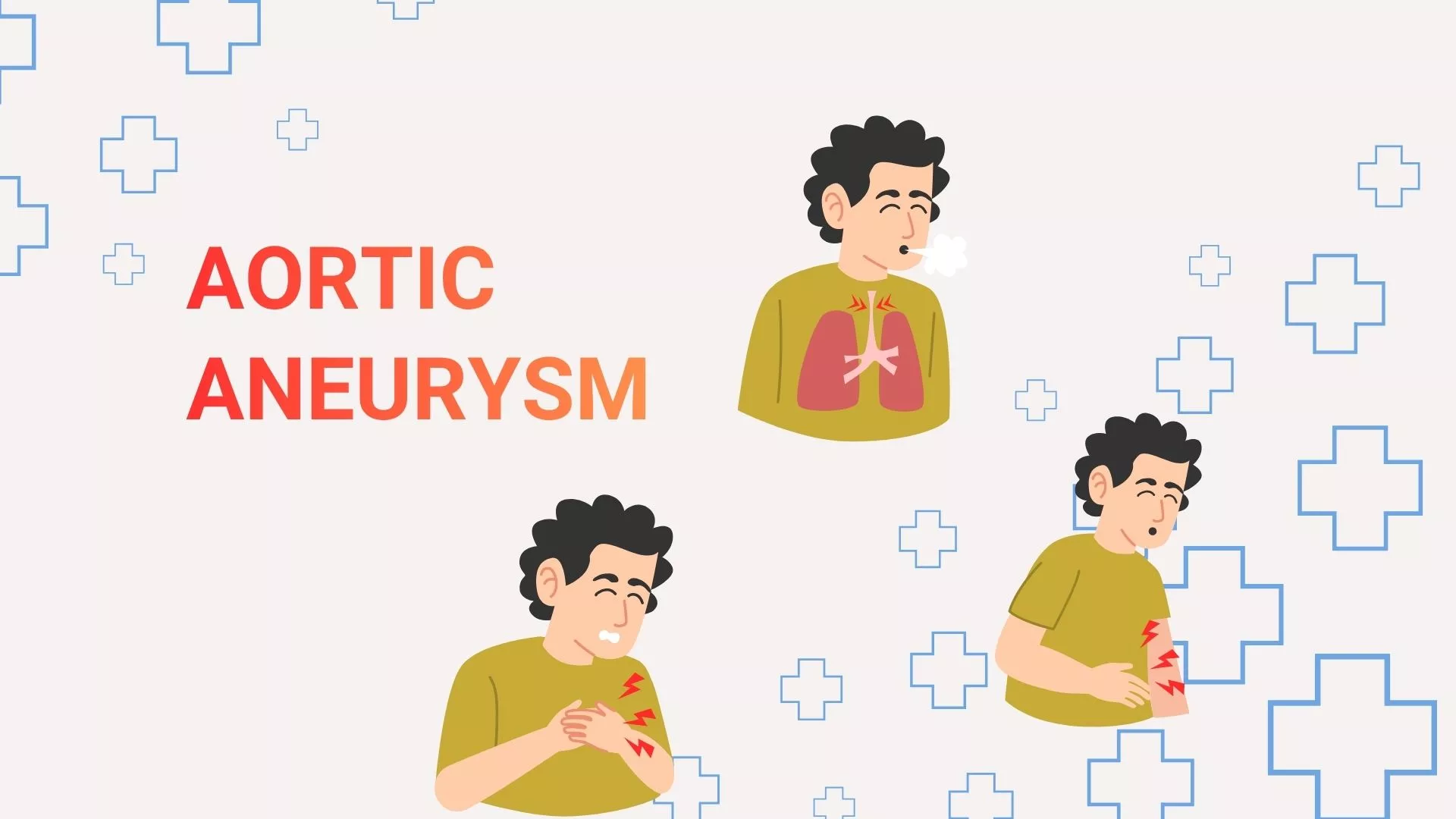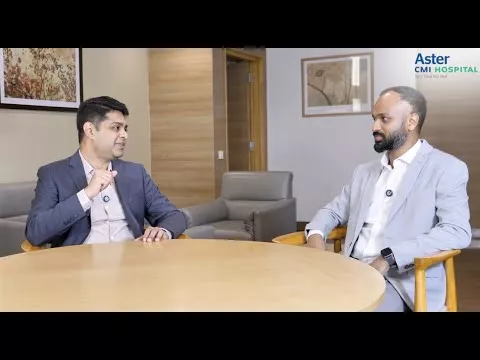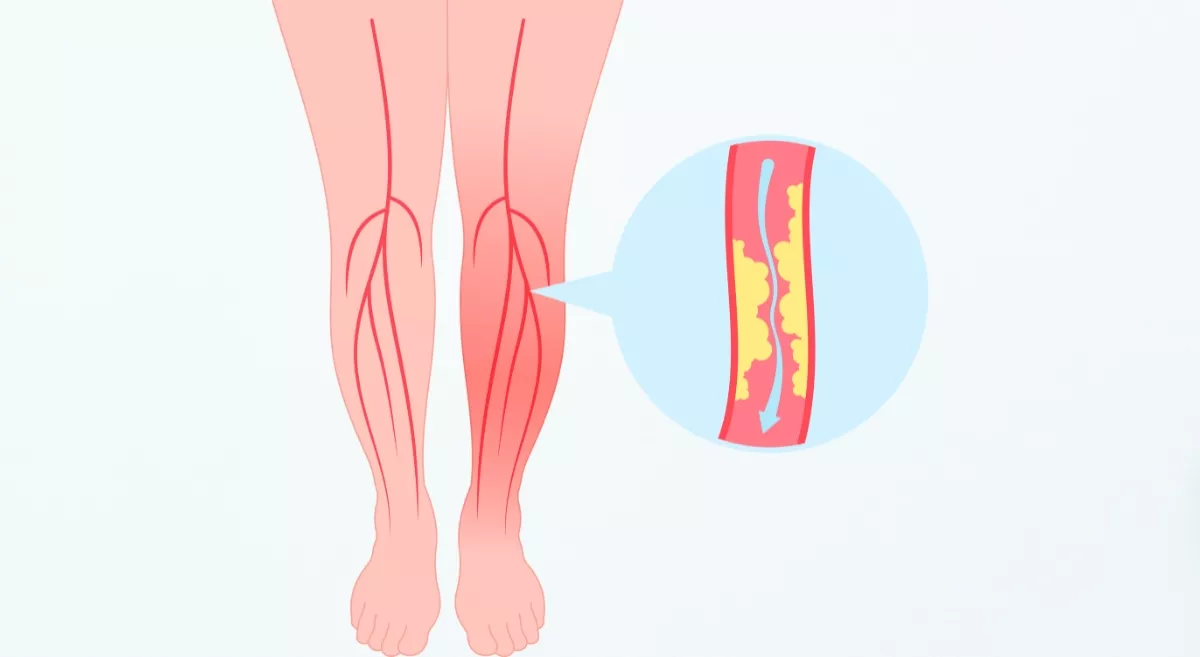Imagine living with a ticking time bomb inside your body, completely unaware of the danger it poses. This is the reality for people who have an aortic aneurysm, a condition characterised by an abnormal bulging of the aorta, the body's largest artery. An aortic aneurysm, if left untreated, can cause life-threatening complications such as rupture and internal bleeding. There is, however, hope. Thanks to advances in medical technology, Endovascular aortic aneurysm repair (EVAR) provides a minimally invasive solution to this critical condition. For such advanced treatments, consulting a reputed cardiology hospital in Bangalore can ensure the best possible care.
Understanding Aortic Aneurysms
An aortic aneurysm occurs when the aortic walls weaken, resulting in a localised dilation. This condition frequently develops gradually and is caused by a variety of factors including age, high blood pressure, smoking, and a family history of aneurysms. The danger comes from the possibility of a rupture, which can cause severe internal bleeding, organ damage, or even death. To facilitate timely intervention and prevent catastrophic consequences, it is critical to recognise the signs and risk factors associated with aortic aneurysms. Visiting a trusted heart hospital in Bangalore can help in early detection and timely treatment.
Introduction to Endovascular Aortic Aneurysm Repair
Endovascular aortic aneurysm repair (EVAR) is a revolutionary treatment option that has transformed the management of aortic aneurysms. Endovascular repair, as opposed to traditional open surgery, which requires a large incision and extensive recovery time, is a minimally invasive procedure. It entails using catheters and stent grafts to reinforce the weakened section of the aorta, lowering the risk of rupture. This novel approach has numerous advantages, making it a popular choice among many patients. As the population ages, a large subset of people in their 60s, 70s, and 80s require complex repairs, but open surgery is too risky for them. As a result, the endovascular approach may be a viable option for those in this category. Seeking guidance from an experienced cardiologist in Bangalore can help patients decide if EVAR is the right treatment for them.
The Endovascular Aortic Aneurysm Repair Procedure
Patients are thoroughly prepared and evaluated prior to the procedure to guarantee an optimal result. Anaesthesia is administered in the operating room, and the patient is carefully positioned for the surgery. The procedure begins by inserting a guidewire and sheath into the femoral artery, which is usually located in the groin area. These instruments create a path for the endovascular stent graft to be precisely positioned within the aneurysm. The stent graft strengthens the weakened aortic wall, restoring proper blood flow and preventing rupture. The procedure lasts less time than traditional surgery, and patients experience less postoperative pain and faster recovery.
Postoperative Care and Recovery
Patients receive immediate postoperative care in a hospital setting following endovascular aortic aneurysm repair. While complications do occur, they are usually less frequent and less severe than in open surgery. Patients are closely watched for signs of infection, blood clots, or graft-related complications. The recovery time varies according to the individual's condition, but most patients can expect to resume normal activities within a few weeks. To ensure a smooth recovery, it is critical to follow the doctor's instructions regarding medication, lifestyle changes, and scheduled follow-up appointments.
Benefits and Success Rates of Endovascular Aortic Aneurysm Repair
Endovascular repair has long-term benefits for people who have aortic aneurysms. Compared to open surgery, this minimally invasive procedure has higher success rates, lower mortality rates, and shorter hospital stays, according to studies. It also reduces the risk of complications and allows patients to resume their normal activities sooner. It is important to note, however, that endovascular repair may not be appropriate for everyone, particularly in complex cases or when anatomical factors are unfavourable. In such cases, open surgery may still be the best option. Regular monitoring and follow-up appointments are essential to the continued success and durability of the repaired aortic segment.
Endovascular aortic aneurysm repair (EVAR) has changed the face of aortic aneurysm treatment, providing patients with a minimally invasive and effective option. This procedure can significantly improve a patient's quality of life and life expectancy by reinforcing the weakened aortic wall and preventing rupture. Seek medical attention right away if you suspect or have been diagnosed with an aortic aneurysm. Remember that early intervention is critical for avoiding potentially fatal complications. Recognize the hope and life-changing potential of endovascular repair and take the first step towards a healthier future.
